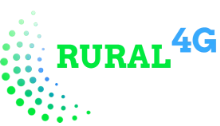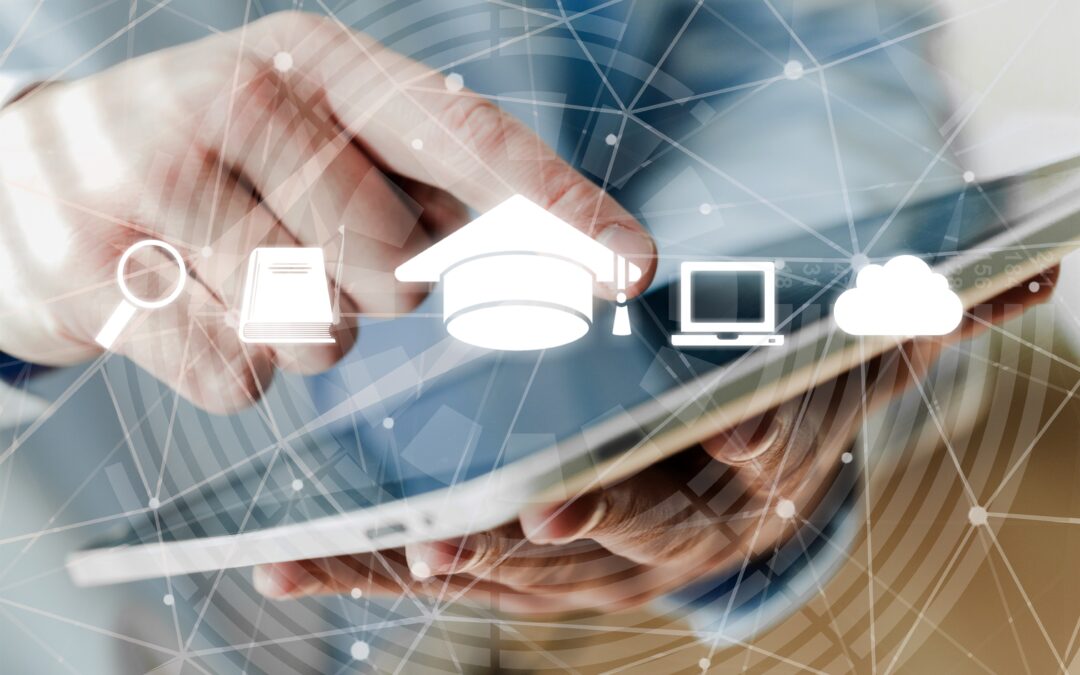Although books will likely always be relevant in education, technology is quickly becoming king. In an increasingly digitized and mechanical world, educational technology has become nothing short of essential for teaching students as effectively as possible.
We’ve put together this blog to expand on the benefits of technology for students, along with sharing some key examples of educational technology that can make a huge difference in the classroom.
How Does Technology Help Students Learn?
Many examples illustrate how technology benefits students, covering both academic learning and social consciousness.
- Fostering Collaboration: Using technology such as communal broadband servers in schools, students can share their work or participate in group projects more effectively, without even having to be in the same room!
- Increased Engagement & Differentiation: When students are resigned to learning from books, there’s a risk some may check out and lose interest. When educational technology is used, it creates a sense of differentiation in the curriculum, helping to keep students better engaged.
- Increased Creativity: Beyond the more tangible benefits of educational technology, allowing students to go online can also foster their creativity – after all, there’s a world wide web of inspiration for them to draw from!
How Technology Can Help Students with Disabilities
Another important benefit of educational technology is how it increases the accessibility of academic content, especially for students with learning difficulties and disabilities. With only traditional textbooks available, students with special needs are at risk of falling behind. However, thanks to technology like screen readers, touch screens, video content, alternative keyboards, braille displays, and more, they can be just as well-educated as their peers.
Examples of Educational Technology
- Internet Connectivity: This is vital for research and connecting to the wider world as a student, especially during the college years. Teaching students how to research using the internet is important, as it gives them a better idea of how to operate in a digital job.
- Document Software: Document software, such as Microsoft 365, is highly beneficial for students to learn from a young age. Not only do word-processing software, spreadsheets, and presentation programs help build skills – they also allow students to keep track of their work more effectively.
- Smart Whiteboards: Interactive whiteboards and projectors are a great way to share information with students. They also allow for educational interaction through games, quizzes, and tasks.
What We’re Doing
At Rural4G we know children are our future, which is why we’re working to bring internet connectivity to rural areas all across the United States. By providing fast, reliable broadband to these communities, we’re allowing educational institutions and students the chance to truly do their best in the global context.
For more information on the work we do, visit our website.


Recent Comments